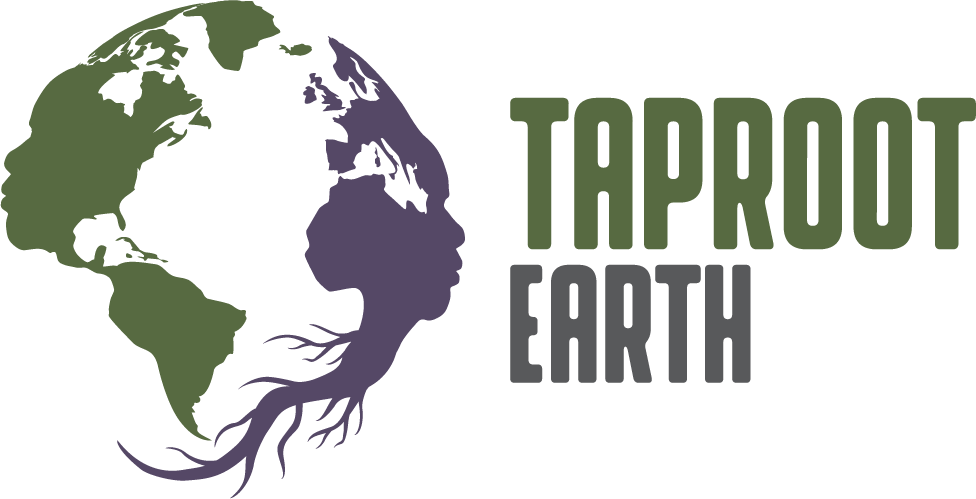Offshore wind development could offer a different path forward for the Gulf— if we listen to the frontlines
By Kendall Dix
 August 29–the anniversary of Hurricanes Katrina and Ida–is a somber day for the Gulf South. This year, the date holds even more complexity: the offshore wind industry kicks off in the region. To avoid repeating the mistakes of oil and gas, offshore wind has to incorporate frontline voices into the design and implementation from the get-go. This is the most sustainable way to build trust and community buy-in– and to truly advance a just and equitable transition.
August 29–the anniversary of Hurricanes Katrina and Ida–is a somber day for the Gulf South. This year, the date holds even more complexity: the offshore wind industry kicks off in the region. To avoid repeating the mistakes of oil and gas, offshore wind has to incorporate frontline voices into the design and implementation from the get-go. This is the most sustainable way to build trust and community buy-in– and to truly advance a just and equitable transition.
Let’s start with the anniversary of the hurricanes: for residents in Louisiana, Mississippi, and Alabama who lost loved ones to death and permanent displacement, this date serves as a reminder of everything that is at stake that can be gone overnight.
The villain is not “natural disaster”— not for Katrina or Ida or recent climate disasters such as the fires in Maui. The problem is extractive industry which has had free reign to carve up the landscape and waters and leave it vulnerable to sea level rise. As a result, many people continue to be exposed to toxic chemicals as a result of these storms, an inevitable result of building oil and chemical infrastructure in the path of powerful hurricanes.
The region cannot build back until it fully reckons with the past. Nearly 2,000 people died; tens or possibly hundreds of thousands more were permanent displaced, and disaster capitalists rushed to sell off or close key public infrastructure.
In fact, man-made disasters are made much worse by land loss, sea level rise, and warming waters. Oil and gas drilling, extraction, and pipelines are to blame.
This summer, the Gulf South has witnessed fatal heat waves and wildfires in the rainiest states in the country (Louisiana and Hawaii), with the end of hurricane season still months away. As the head of the United Nations says, fossil fuels are incompatible with human survival.
All is not lost, if we listen and let the frontlines lead us. Some scientists believe we can get to 100 percent renewable energy by 2050. And though it is becoming increasingly unlikely, it is technically possible to stay within 1.5 degrees Celsius of global warming, which is the goal the United Nations set to keep humanity from experiencing the worst impacts of the climate crisis.
This is the opportunity for offshore wind to drive an energy solution that not just is sourced differently, but operates in a different relationship with community. A recent study found that offshore wind could supply up to 25 percent of the energy needs of the United States and create almost 400,000 new jobs— or more, if we focus on reducing our energy needs by making our homes and buildings more efficient, investing in public transportation, and reducing the production of energy intensive materials that we don’t need, such as single-use plastics.
There is evidence of its success. Offshore wind is already supplying significant amounts of power in places like Rhode Island, the United Kingdom, and Vietnam. Denmark, which has more people than Louisiana, gets more than 40 percent of its electricity from offshore wind.
The advocates involved with offshore wind are pushing to make the industry friendlier towards communities, workers, and the environment than its predecessors in oil and gas drilling. The federal agency responsible for overseeing offshore wind development, the Bureau of Ocean Energy Management (BOEM) has policies to encourage companies to set aside money for seafood harvesters who may be impacted by developments. Though the offshore wind could never produce disasters as devastating as the ones from the offshore oil industry, such as climate change, the BP drilling disaster, and the underwater “eye of fire.”
Some offshore wind companies are already working with organized labor to ensure that the jobs created are high paying and safe. This would be a significant departure from the offshore oil and gas industry, which by some estimates is 100 percent nonunion. In addition, BOEM is offering subsidies to companies to invest in local workforce development or domestic offshore wind manufacturing, which will help ensure the new industry benefits local communities.
In that vein, the offshore wind industry has used community benefits agreements (CBAs) to ensure that the people who live nearest the developments receive some of the revenue of the projects. Offshore wind is cleaner than oil and gas, but it is not without community impacts. Transmission lines could harm coastal wetlands, and increased boat traffic from service vessels could pollute the air near coastal communities. Boat fuels can be highly carcinogenic, and EPA recently approved a boat fuel additive that could cause cancer in nearly every person who faces repeated exposure.
Community benefits are one tool used to help share the wealth for those impacted by offshore wind development, but other countries have gone even further by using publicly owned companies to develop the energy or offering communities a full ownership stake in the developments. Giving communities a stake in the development could help reduce opposition to projects, which is causing significant delays to the industry and could delay the energy transition.
CBAs are a good start, but communities need to demand better from offshore wind companies and the federal government to ensure a piece of the pie. The Biden Administration chose to exclude the offshore wind program from its list of programs covered by the Justice40 initiative, an executive order that aims to ensure that 40 percent of all federal investment dollars go to underserved and historically marginalized communities. This means BOEM’s efforts to benefit communities and workers in its energy programs are entirely voluntary.


